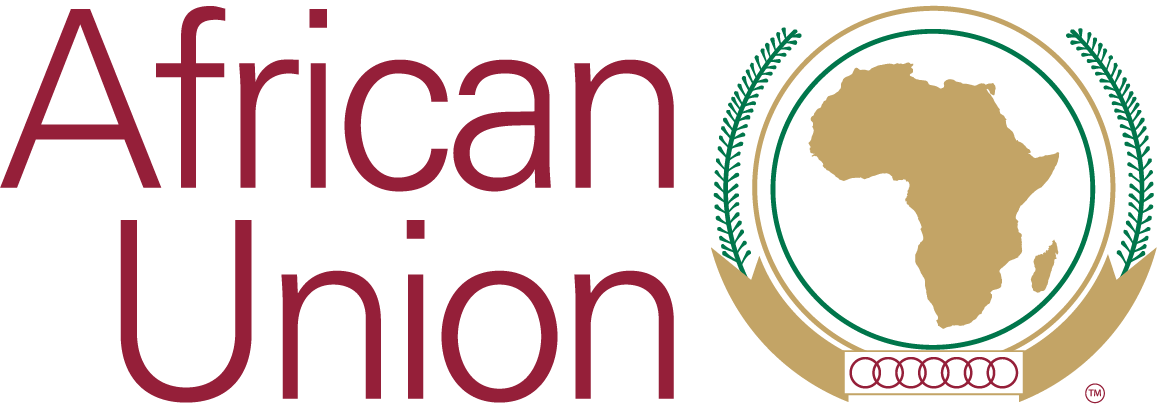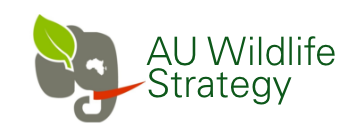About
Illegal trade in terrestrial fauna is perhaps the most prominent, as it includes some of the most iconic mammal species, including elephants, rhinoceroses, and great apes as well as animals used for bushmeat. Whilst it may not be the most important illegal trade in terms of volumes overall, the impacts on populations of the species affected are
significant, with annual extraction of mammals in the Congo and Amazon basins alone estimated at approximately 6 million tonnes.
In recent years, international attention has been drawn to the plight of elephants and rhinos in Africa because of the increased demand and dramatic upswing of poaching for their tusks and horns respectively. Detailed analysis is available on the illegal killing of, and trade in, African elephants. This is achieved through the global monitoring and reporting systems for elephants and trade in elephant specimens namely the programme for Monitoring the Illegal Killing of Elephants (MIKE), managed
by the Convention on International Trade in Endangered Species of Wild Fauna and Flora
(CITES) Secretariat, and the Elephant Trade
Information System (ETIS), managed for CITES by TRAFFIC to track illegal trade in ivory and other elephant specimens. MIKE data shows that over 20,000 African elephants were poached across the continent in 2013, and that poaching numbers in Africa remain at levels that are unsustainable with mortality exceeding the natural birth rate, resulting in an ongoing decline in African elephant numbers especially in Central and West Africa, but also in specific sites in Eastern and Southern Africa.
Between 2009 and mid-2014, 170 tonnes of ivory were estimated to have been illegally exported out of Africa, representing approximately 230,000 African Elephants. The number of rhinos illegally killed in South Africa alone escalated from only 13 in 2007 to 1,215 in 2014 as a result of the illegal trade in wildlife, but they are not the only species targeted by wildlife crime syndicates. Pangolins are now considered to be the most heavily illegally traded mammal species globally, and across Africa are declining as a result of illegal hunting and trade for their meat and scales .
African great apes - gorillas, chimpanzees, and bonobos - are increasingly traded illegally as live animals, with primary trade occurring domestically and therefore hard to quantify . Current figures approximate numbers documented in the initial study from 2005 to 2011.
The global illegal trade in birds is estimated to be in the range of two to five million birds per year, and live birds are the second highest CITES Appendix I commodity found within online wildlife trade, second only to elephant ivory, with the majority believed to be illegal . Whilst the majority of global illegal reptile trade may focused in Asia, some African reptiles are also heavily traded illegally, including various terrestrial tortoises, chameleons, snakes, and marine turtles.






